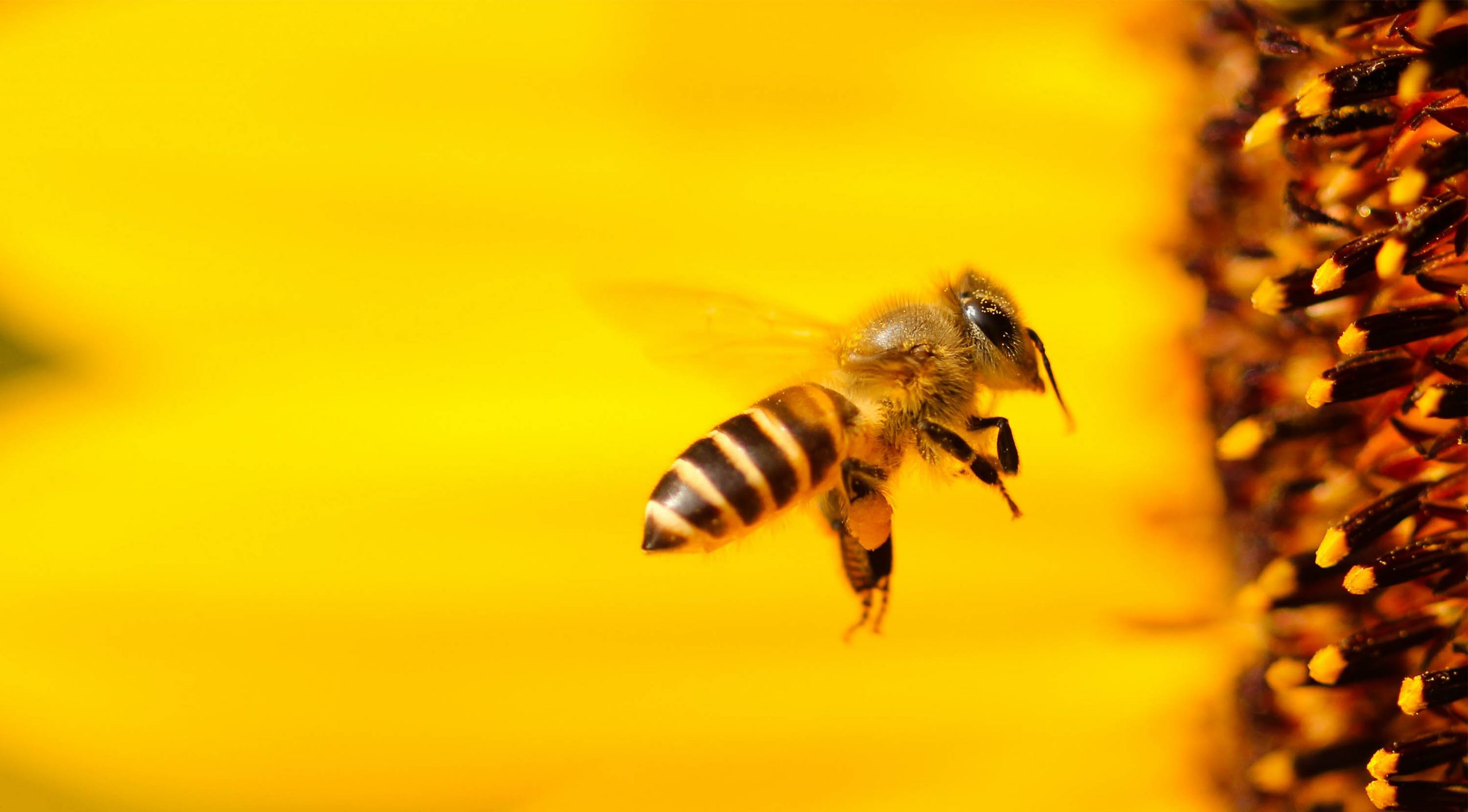To get you up to speed…
Bristol City Council having been working alongside Avon Wildlife Trust to transform Bristol into a ‘wild’ city. With support from The National Lottery Heritage Fund different wildlife sites across many neighbourhoods around Bristol have been transformed into havens for both the ‘people and the wildlife’. There are now more than 80 wildlife sites across the city.
Everyone here is proud to call this green city, Bristol, the home of Professional Apprenticeships, and thought we’d share our four top wildlife havens for you to discover…

1. Brandon Hill Nature Reserve
Brandon Hill is a nature reserve which has been around for 30 years, being wheelchair and pushchair friendly means its suitable for the whole family, including the dog!
Best time to visit: March to August
Why it’s in our top 4:
- You’ll be surrounded by nature and wildlife all year round here.
- On top of Brandon Hill is the perfect spot for a picnic, enjoy with views of the city and River Avon.

2. Bennett’s Patch and White’s Paddock Reserve
Bennett’s Patch and White’s Paddock Reserve based in Avon Gorge was created in the year of 2015, celebrating Bristol’s year of being the Green Capital.
Best time to visit: March to October
Why it’s in our top 4:
- Transformed by having meadows, woods and ponds, perfect for exploring and has become a home to an array of species.
- Your visit will be full of all things ‘wild’, being able to see wildlife during the day and after dark…

3. Prior’s Wood
These woods date back to 1600s, even once being part of the Tyntesfield Estate. An ancient woodland means an abundance of wildlife to enjoy.
Best time to visit: April to July, September to November
Why it’s in our top 4:
- From late April a carpet of bluebells line the woodland floor, a ‘natural spectacle’ which is one of top displays in the region.
- Great spot for bird watchers!

4. Clapton Moor
Clapton moor is an important area during the winter months for the wildlife, set in the Gordano Valley.
Best time to visit: April to July, October to February
Why it’s in our top 4:
- The Trust and Natural England control the reserve’s water level, which can attract wildlife and help them to breed.
- There are a number of species both insects and plants, including some rare plants.
We found these sources useful when creating this blog, check them out:
http://inkwood.co.uk/portfolio-items/bristol-city-council-big-wildlife-leaflet/